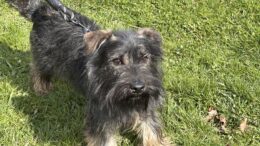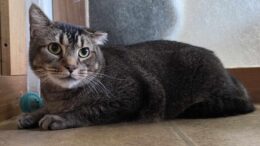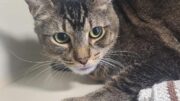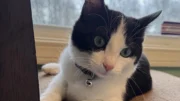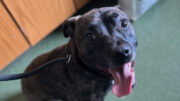The feeding of wildlife in areas where hunting occurs could be considered baiting, depending from how far away animals are being drawn to feeding sites, and many other factors.
“If animals are clearly being drawn to feed that’s placed out near homes or elsewhere, and someone is hunting them along that travel route, hunting over bait charges might be appropriate,” said Thomas P. Grohol, who heads up the Game Commission’s law-enforcement bureau, in a press release. “The facts of each case are considered individually, but the feeding of wildlife near a hunting area is something hunters need to take into account and evaluate to make sure they’re complying with the law.”
Additionally, the feeding of wildlife is prohibited in several circumstances.
It is unlawful to feed wildlife anywhere on state game lands.
And on all lands public or private in Pennsylvania, it’s unlawful to intentionally feed bears or elk, or to place any food, fruit, hay, grain, chemicals, salt or other materials that cause bears or elk to congregate or habituate in an area.
If bears or elk are being attracted to an area because of other wildlife feeding, wildlife conservation officers can issue written notices to temporarily halt feeding activity, Grohol said.
The prohibition on the feeding of bears and elk decreases the possibility these often-large and powerful wild animals will lose their fear of humans, creating potentially dangerous situations.
The prohibition also helps protect bears against the spread of mange an increasingly prevalent threat that often is fatal for bears by removing congregation areas where healthy bears might encounter infected bears, or pick up the mange-causing mites infected bears leave behind at feeders.
Likewise, the prohibition on feeding gives elk an additional layer of protection against chronic wasting disease (CWD), which can be passed directly or indirectly among members of the deer family.
In areas of the state where the Game Commission has established Disease Management Areas (DMAs) in response to CWD being detected, the feeding of deer is prohibited. Any feeding of other wildlife that is attracting deer is considered feeding deer, and unlawful.
Feeding causes deer to congregate in unnaturally high densities, and by prohibiting feeding, this requirement serves to slow the spread and decrease the prevalence of CWD in areas where it’s been detected. The use or field possession of urine-based deer attractants are prohibited within DMAs for the same reason.
Grohol said feeding and baiting need to be considered together because of the link they share in attracting wildlife.
“As with any other matter, if a hunter has a question over whether activity occurring on or near a property he or she hunts might be considered baiting and make hunting there illegal, they’re always free to contact us for an answer,” Grohol said. “And for hunters who have placed or otherwise are aware of bait in their fall hunting areas, they need to make sure they remove it completely 30 days before hunting there.”
Questions can be sent to the Game Commission by email at pgccommentspa.gov and calls can be directed either to the appropriate Game Commission region office or the agency’s Harrisburg headquarters at 717-787-4250.









